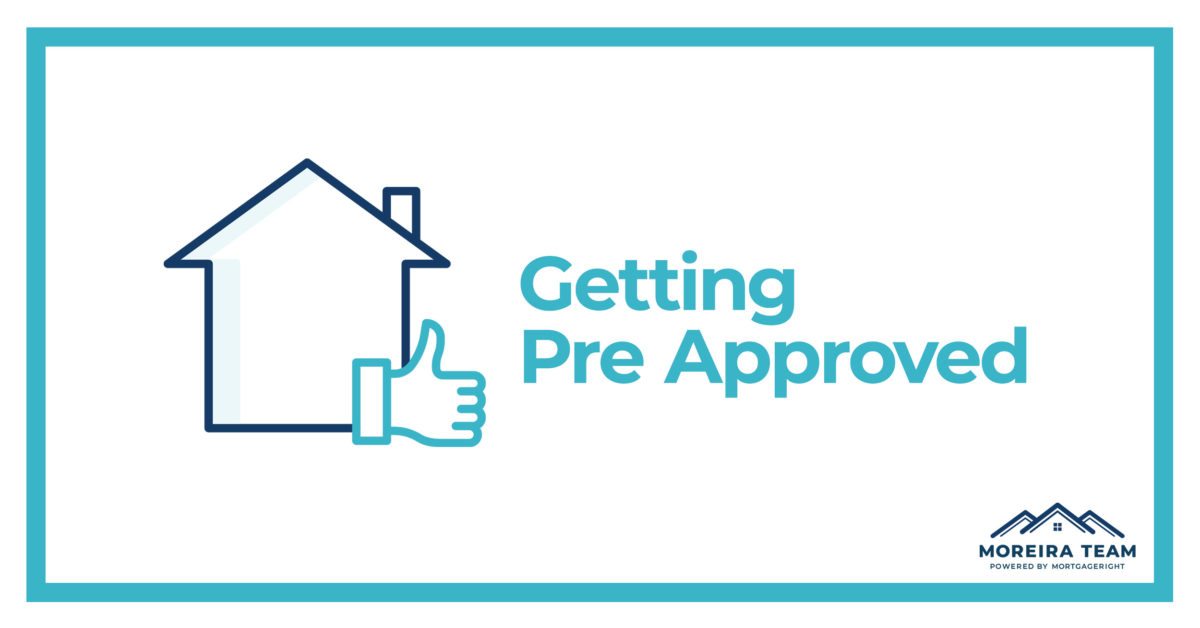Table Of Content

While mortgage prequalification gives you a basic idea, pre approval puts you in a stronger position, especially in competitive markets. Understanding how to navigate home loan approval, prequalification, and pre approval is important in the mortgage application process. If you are pre-approved, your lender will provide you with a pre-approval letter on an official letterhead.
Get pre-approved before you start house hunting
However, FICO® states your credit score generally won’t be negatively affected if you make all your inquiries on a home loan within 30 days. That means the best time to get preapproved is at the start of your home buying journey. If you’re ready, apply early to see your mortgage loan options and show agents that you’re a serious buyer.

Pre-approval Process
The lender will also check your credit to be sure you have a sufficient credit score and that you haven't experienced any negative credit events, like foreclosure, in the recent past. To verify how much you earn, a lender will ask for things like W-2s, 1099s, or tax returns. If you have other sources of income, like child support or disability benefits, be sure to provide documentation for those as well. Understanding these requirements is key to a successful mortgage application.
How Do Federal Reserve Interest Rate Hikes Affect Inflation—And Your Wallet?
In order to preapprove your mortgage application, the lender will need certain documents to verify your income, job stability and other factors. It can be hard to keep track of it all, so we’re providing you with this mortgage preapproval checklist to help keep things in order. Mortgage preapproval is an offer by a lender to loan you a certain amount under specific terms. The offer expires after a certain amount of time, such as 30 or 90 days.
Lenders will likely poke and prod into all corners of your financial life as a way of trying to ensure that you’ll repay your mortgage. However, if you try to get multiple preapprovals but the applications don’t all fall within that grace period, your credit score will be slightly impacted with each check. But only apply to get preapproved by those who offer a mortgage that meets your needs. Even at this late stage in the home buying process, shopping around and comparing offers still has significant value. The buyer then will select their preferred lender and schedule a property appraisal.
Indiana First-Time Home Buyer 2024 Programs and Grants - The Mortgage Reports
Indiana First-Time Home Buyer 2024 Programs and Grants.
Posted: Tue, 23 Apr 2024 07:00:00 GMT [source]
Additionally, consider reducing your debt-to-income ratio by paying down existing obligations or increasing your income. Maintaining a stable employment history, providing accurate financial documentation and exploring multiple lenders for preapproval can also contribute to securing a higher preapproval amount. A lender is legally required to provide you with a three-page document called a loan estimate within three business days of receiving your completed mortgage application.

Lenders will often work with borrowers with a low or moderately low credit score and suggest ways to improve their score. Another key metric that lenders use to evaluate you for a mortgage is your LTV ratio, which is calculated by dividing the loan amount by the home’s value. A property appraisal determines the property’s value, which might be lower or higher than the seller’s asking price. A lower DTI ratio can qualify you for a more competitive interest rate. You will lower your DTI ratio and show lenders that you can manage debt responsibly and pay bills on time. Applying for a mortgage can be exciting, nerve wracking, and confusing.
Mortgage Rates by Loan Type
You’ll also need to show your year-to-date audited Profit and Loss statement. If you can’t obtain that statement, you’ll need to provide a year-to-date unaudited Profit and Loss statement, along with your most recent 60 days of business bank statements. Federal Housing Administration (FHA) loans also allow gifts from employers, labor unions and first-time home buyer programs, in addition to gifts from most family members. If a loved one gives you money to use as a down payment, a gift letter will be required to prove the money is not a personal loan that needs to be paid back.
Pre-approval vs. approval
Again, you’ll want to shop mortgage lenders within 45 days, so that all credit checks count as one hard inquiry and there is minimum impact on your credit score. And if you’re just starting to think about homeownership, then the pre-approval process can help you get your credit and finances in better shape for when the time is right. When you get preapproved, you may be required to provide information or documents.
We are compensated in exchange for placement of sponsored products and services, or by you clicking on certain links posted on our site. Therefore, this compensation may impact how, where and in what order products appear within listing categories, except where prohibited by law for our mortgage, home equity and other home lending products. While we strive to provide a wide range of offers, Bankrate does not include information about every financial or credit product or service.
How To Buy A House With Bad Credit - Bankrate.com
How To Buy A House With Bad Credit.
Posted: Thu, 07 Mar 2024 08:00:00 GMT [source]
The application step is a critical phase in obtaining pre-approval for a mortgage, as it involves formally submitting your request to a lender. After gathering all the necessary documentation, such as income statements, tax returns, bank statements, and employment history, you'll be ready to begin the application process. This typically requires completing a detailed application form provided by the lender, which will gather comprehensive information about your personal and financial circumstances. Accuracy and completeness are vital during this stage, as any errors or omissions could potentially delay the pre-approval process.
The documents listed above are typically required for both conventional and nonconventional loans, including FHA loans and USDA loans. However, some nonconventional loans may require additional documents for the mortgage process. The best time to get pre-approved is when you start thinking about homes. Mortgage pre-approvals simulate the purchase of generic homes at specific purchase prices. But, when buyers make offers on real homes, those approvals use real numbers. Mortgage pre-approvals are test runs for a buyer’s actual mortgage approval.
Maintaining a credit utilization rate at (or below) 30% helps boost your credit score. It also shows lenders a responsible, consistent pattern of paying your bills and managing debt wisely. All of these items account for your FICO Score, a credit score model used by many types of lenders (including mortgage lenders).
You can show this letter to real estate agents and sellers as proof that you’re a viable buyer. Once you’ve selected a lender, you’ll fill out a loan application and provide the paperwork they request. The lender will review your application, pull a credit report and, if all goes well, you’ll receive a written mortgage preapproval letter you can submit with offers you make to purchase a home. A mortgage preapproval is written verification from a mortgage lender that you qualify for the mortgage amount you’ve applied for, based on a review of your credit history, credit scores, income and assets. The “pre” in front of “approval” is short for preliminary, which means the lender still has to validate all of your information to issue a final approval before you close. Preapproval is the next step if you get a thumbs-up during pre-qualification.
It’s essential to note that mortgage preapproval isn’t a lender’s commitment to lend and you’ll still need to get approved for a mortgage when you decide to buy a home. Preapproval is an essential step for home buyers as it makes your purchase offer more competitive. Sellers are more likely to sell to someone who has already been preapproved for a loan versus someone who hasn’t. Contacting multiple lenders when seeking a mortgage is important for several reasons. First, it allows you to compare interest rates, loan terms, and fees offered by different lenders, helping you secure the best possible mortgage deal.


No comments:
Post a Comment